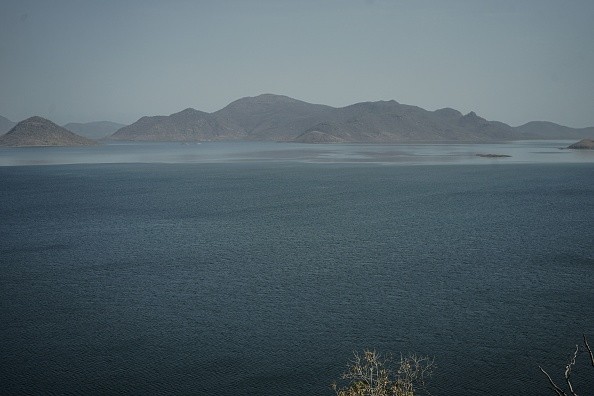The world's water cycle, the constant movement of freshwater between clouds, land and sea, plays an important role in our daily lives. This delicate system helps bring water from sea to land, make our environment livable and fertilize the soil.
New analysis suggests that rising Earth temperatures of shifted freshwater at least twice as much from warmer regions towards the Earth's poles as previously thought, as the water cycle intensified.
Climate change affects water cycle

The rise in global temperatures has made this system even more extreme. Water is moving from arid areas to wetlands, droughts are exacerbated in some parts of the world, and rainfall and floods are intensifying in others. In other words, wetlands are damp and dry areas are drier.
Until now, it has been difficult to directly observe changes in the period because about 80% of global precipitation and evaporation occur in the ocean, as per ScienceDaily.
However, a new UNSW-led study published today in Nature uses changing ocean salt patterns to estimate the amount of fresh seawater that has moved from the equator to the poles since 1970. The results show that two to four times more freshwater is moving than the climate model expected, giving insight into how the global water cycle is strengthened overall.
According to The Guardian, when they learn about the water cycle, they traditionally think of it as an unchanging process that constantly fills and replenishes the dams, lakes, and water sources, said the head of the study, Dr. Taimoor Sohail of the University of New South Wales.
However, scientists have long known that rising global temperatures can strengthen the Earth's water cycle and dry subtropical regions as freshwater flows into humider regions.
In August last year, the 6th Assessment Report of the Intergovernmental Panel on Climate Change concluded that climate change would change the water cycle in the long run, leading to more severe and frequent droughts and extreme weather events.
Scientists estimate that the amount of additional freshwater moved from warm regions between 1970 and 2014 is 46,000 to 77,000 cubic kilometers.
The water cycle is more intense than expected and they need to make a quicker transition towards net zero emissions.
The team used marine salt as a substitute for research precipitation.
The importance of water cycle
The water cycle is a very important process for making water available to all living things and adjusting the meteorological patterns on Earth. If water is not recycled naturally, we will run out of the clean water we need for our lives.
Freshwater seems to be abundant, but given all the water on earth, its supply is limited. Only 3 percent of the water on our planet is freshwater. Much of this water is about 2% of the world's total and is either contained in glaciers, ice sheets or stored underground.
According to NASA, the remaining 1% can be found in lakes, rivers and wetlands, or transported into the atmosphere in the form of water vapor, clouds and precipitation. Rain and snowfall replenish freshwater sources, so it is important to know when, where, and how much water is falling.
© 2025 NatureWorldNews.com All rights reserved. Do not reproduce without permission.





